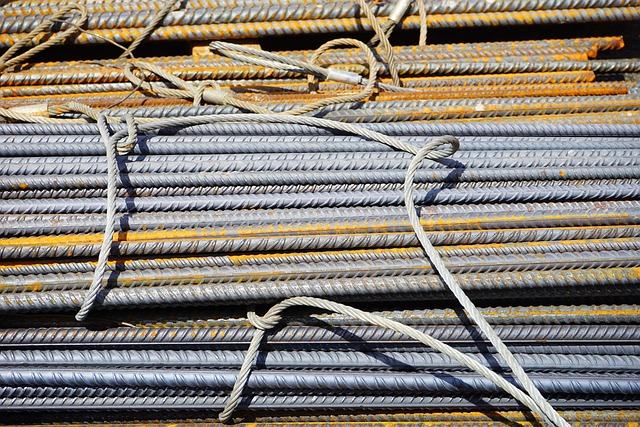The Rise of Sustainable Architecture
In an era where environmental consciousness is more crucial than ever, the architecture industry is undergoing a transformative shift. Sustainable architecture isn’t just a trend—it’s a responsibility. Central to this movement is the adoption of local building materials, which offer not only environmental benefits but also a unique connection to the surrounding landscape and culture.
Why Local Building Materials Matter
Using local building materials means sourcing resources from within the geographical region of the construction site. This practice significantly reduces the carbon footprint associated with transportation and logistics. Beyond that, these materials are often naturally suited to the local climate, which enhances the energy efficiency of buildings. For example, adobe bricks provide excellent thermal mass in hot, arid environments, while locally quarried stone can provide durability and insulation in colder regions.
Eco-Friendly Designs Rooted in Tradition
Embracing local building materials allows architects and builders to weave the essence of regional heritage into modern structures. These materials, steeped in tradition, contribute to designs that feel authentic and harmonious with their environment. This approach can foster community pride and preserve cultural narratives through architecture.
Economic and Environmental Benefits
Beyond the environmental imperative, local materials stimulate local economies by supporting regional suppliers and craftsmen. This not only creates jobs but also motivates the development of more sustainable production methods for these resources. Moreover, buildings constructed with local materials often have reduced maintenance costs since materials are naturally compatible with the local weather conditions.
Challenges and Considerations
While there are many benefits, using local building materials comes with challenges. Availability and quality can vary widely, and some materials might require adaptation to meet modern building codes and performance standards. However, with innovative design approaches and collaboration between architects, engineers, and local artisans, these obstacles can be overcome.
Looking Ahead
The future of architecture lies in sustainability, and the integration of local building materials is a vital step forward. This practice not only respects the environment but also celebrates and preserves local identity. As mindful consumers and creators, embracing this approach paves the way for a healthier planet and more meaningful designs that resonate with their surroundings.




